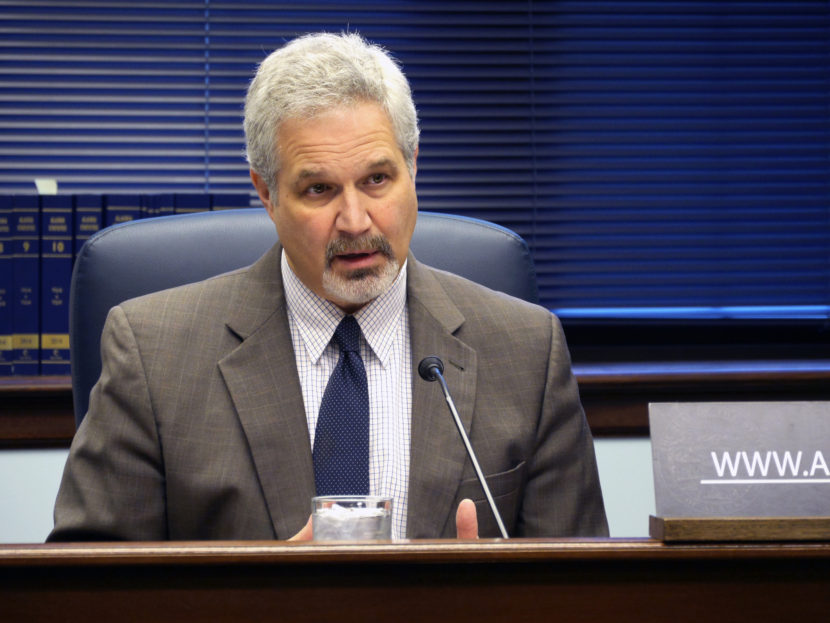
Some state legislators want to write into law a new limit on how much the state can spend each year. But policy experts say it’s a difficult strategy to put into effect. And Alaska already has a limit – one that critics say hasn’t worked.
In 1982, Alaska voters amended the constitution to say that the state would never spend more than two and a half billion dollars – adjusted for inflation and population growth.
But a drop in oil revenue in the following years, combined with inflation and population growth, made sure that the state rarely got close to the limit.
Lawmakers in the Republican-led Senate majority – as well as the House minority – want a new limit. They say they’d like it in state law as soon as this year – as well as a new constitutional limit in two to three years.
Eagle River Republican Sen. Anna MacKinnon said it’s important that the Legislature pick the right amount to base future spending limits on.
“Having the right base number is the primary conversation that we’re having right now in the statutory consideration,” MacKinnon said.
An amendment to the constitution proposed in the House – as well as House Bill 92 – would base the spending limit on the previous year’s spending. If the state’s economy were to grow faster than inflation and population, then government’s share of the state’s economy would shrink over time.
Senate President Pete Kelly of Fairbanks, a Republican, sees this as a potential benefit of the limit.
“Honestly, most people believe government’s too big, and if you have something like that, that would probably be a good thing,” Kelly said. “And I think as we go forward, if there are flaws in that – before it reaches the constitution – we should know about them and we will have had many discussions.”
At least 30 states have some form of spending limit. And many of them have faced practical problems, like Alaska.
Benjamin Zycher of the American Enterprise Institute said state spending limits aren’t effective.
“The same sort of political pressures and interest group demands and all the rest that lead to fiscal irresponsibility – however that’s defined in the first place – tend to reassert themselves,” Zycher said.
Iris Lav works for the Center on Budget and Policy Priorities, which supports federal and state policies designed to reduce inequality. Lav noted that if state spending were to fall sharply one year due to drops in oil revenue, it would ratchet down future spending (if it was based on the previous year’s spending).
“In Colorado, the business community banded together to get rid of the ratchet, because they felt that public services were really being hurt when the recession had cut revenues,” Lav said.
She said that if a state decides it needs to limit spending, it should set the limit based on an amount – like Alaska did in its constitution.
House Majority Leader Chris Tuck, an Anchorage Democrat, opposes a change. He said the Legislature can impose its own informal limit on spending by being fiscally responsible.
“I don’t think it’s necessary, because we have capped our spending – self-imposed,” Tuck said.
A Senate version of a spending limit bill hasn’t been introduced yet.
